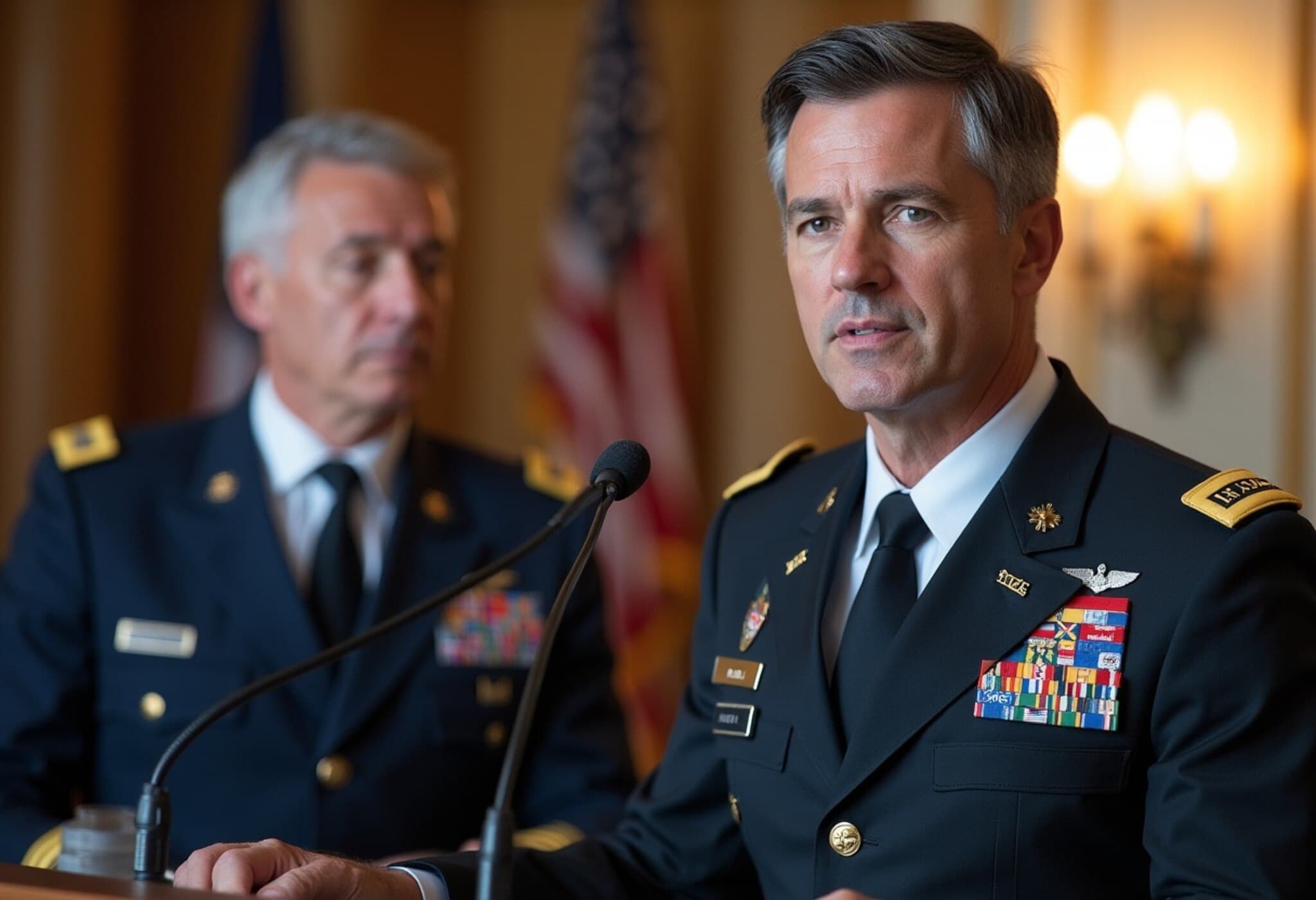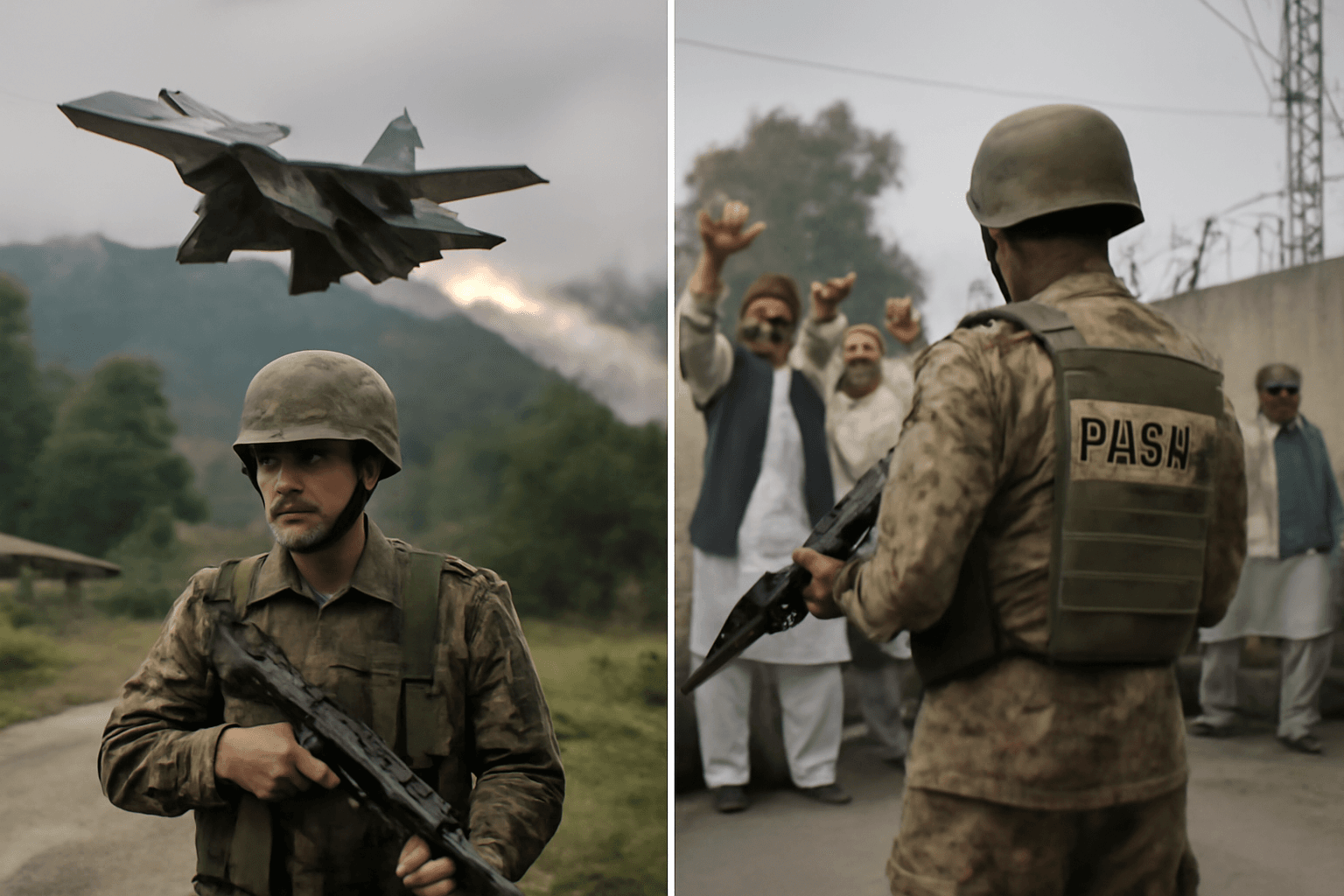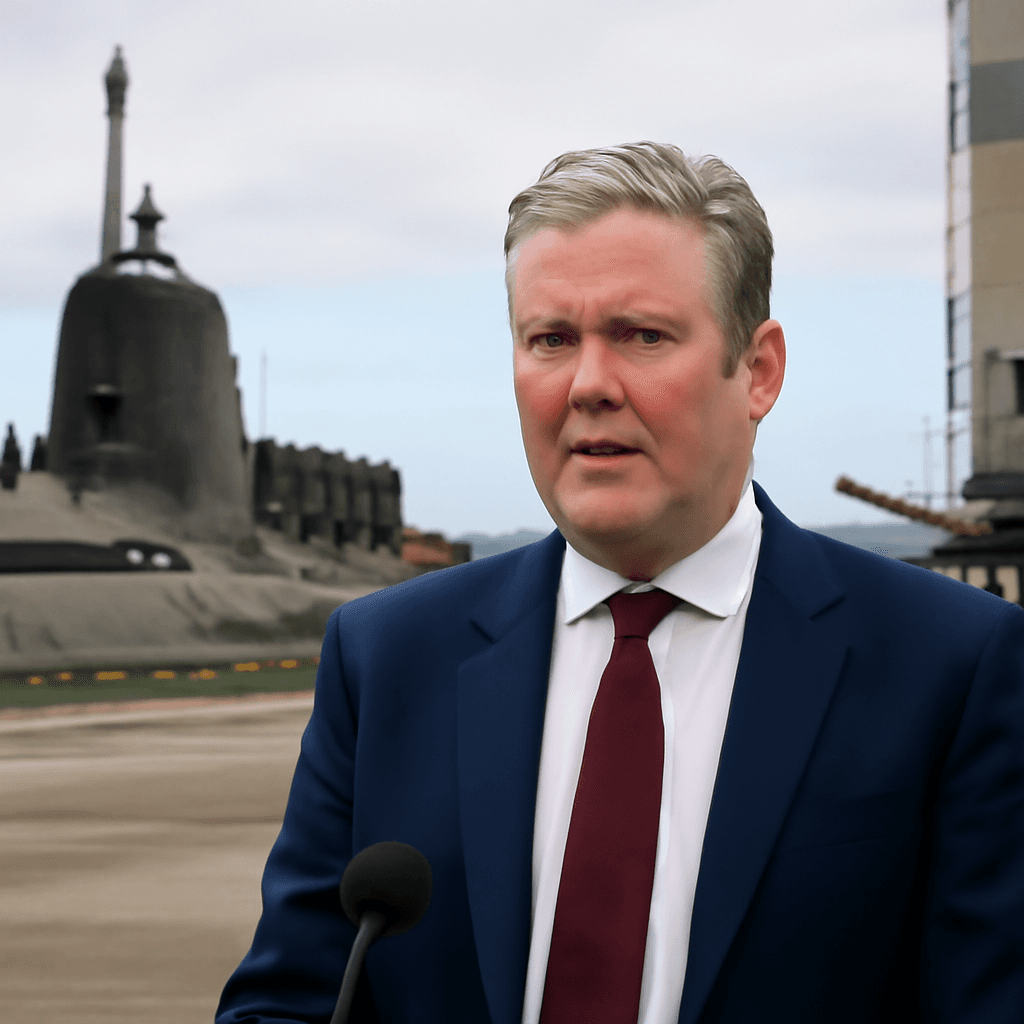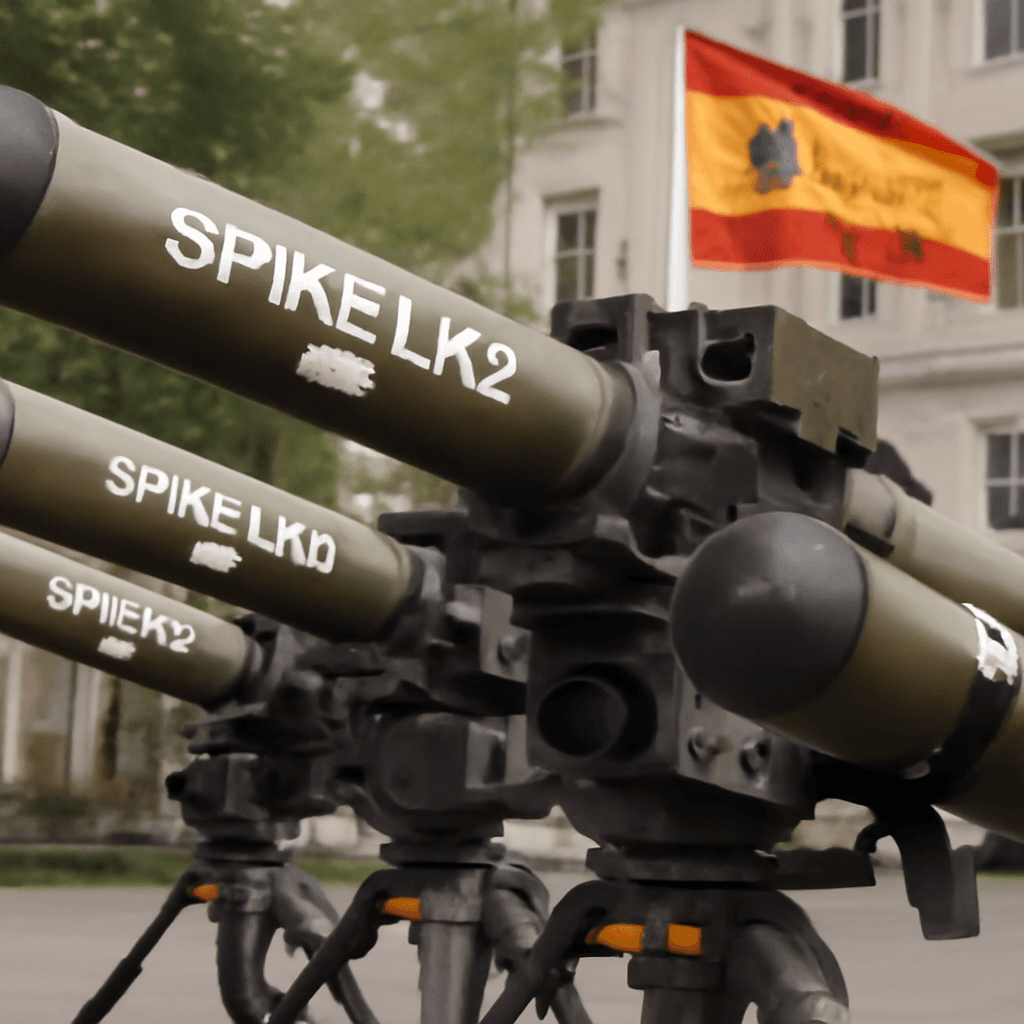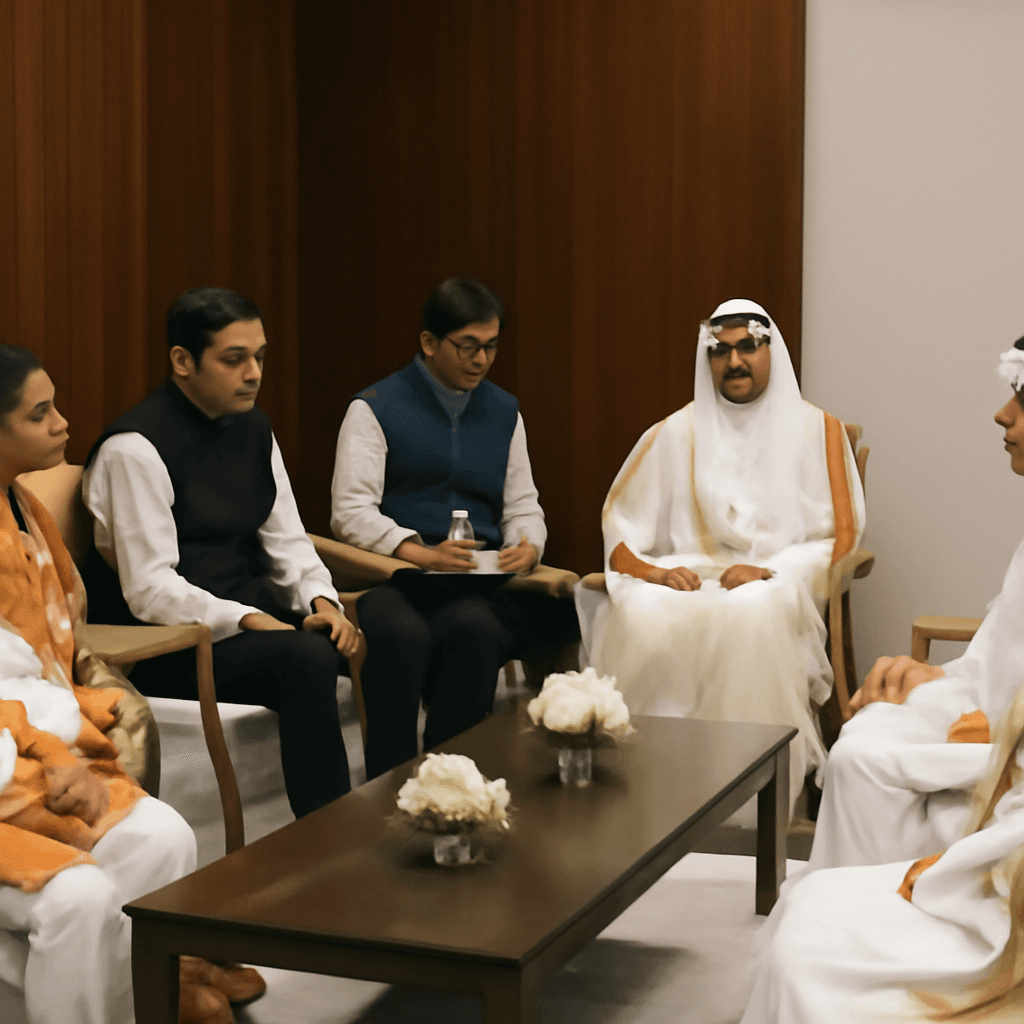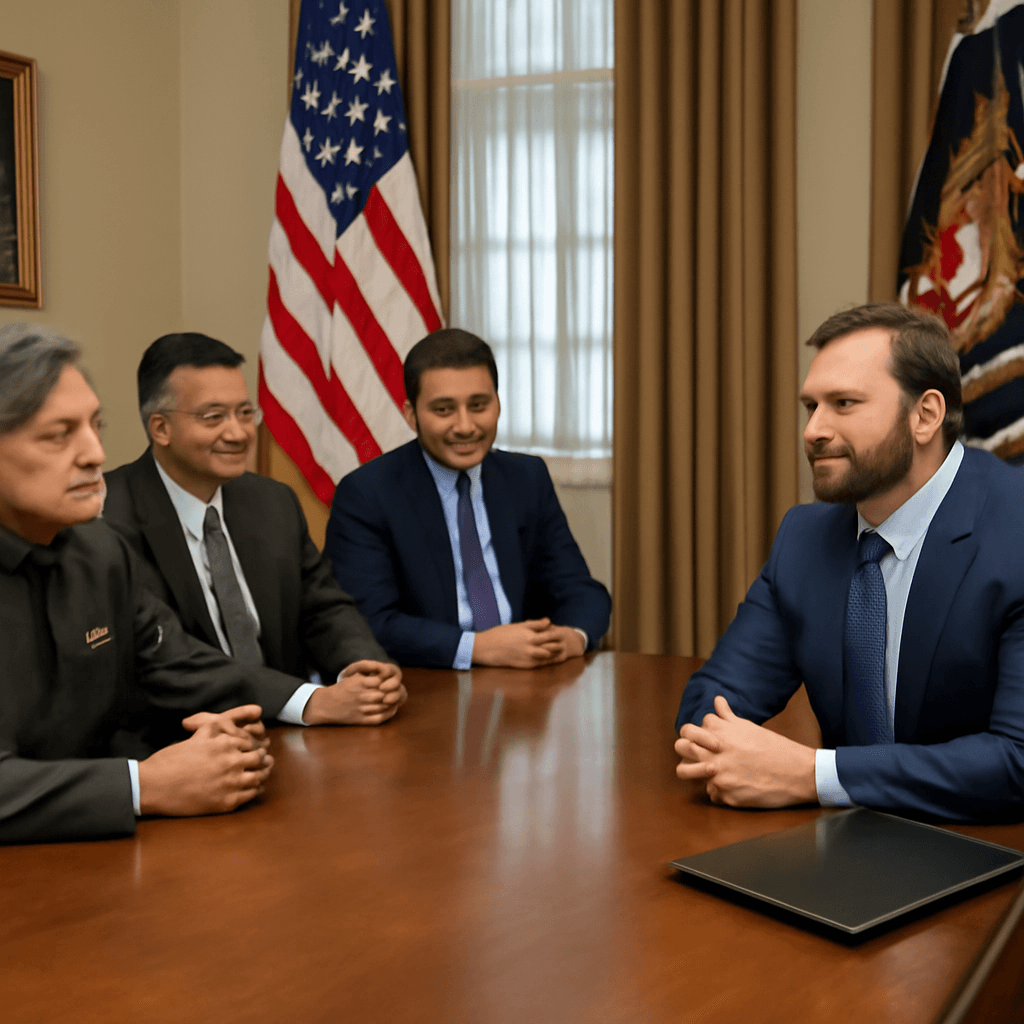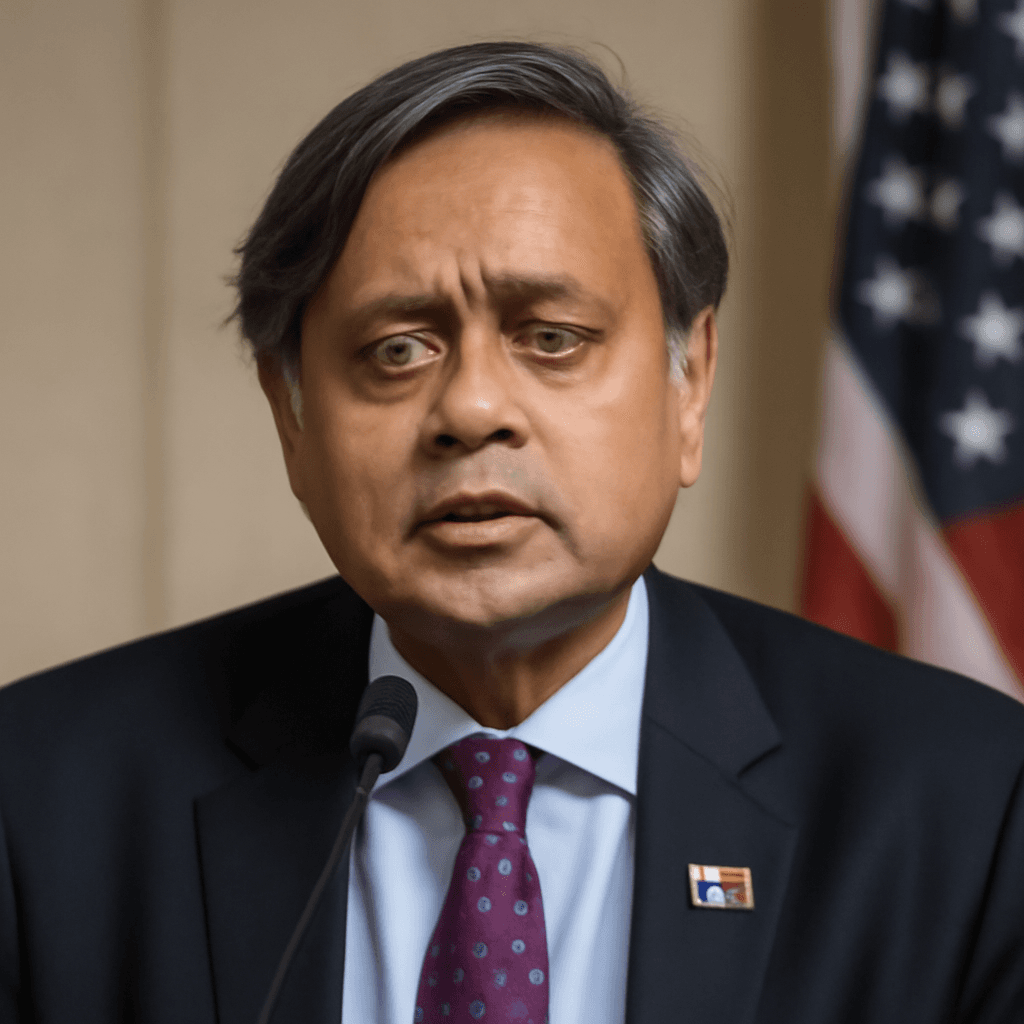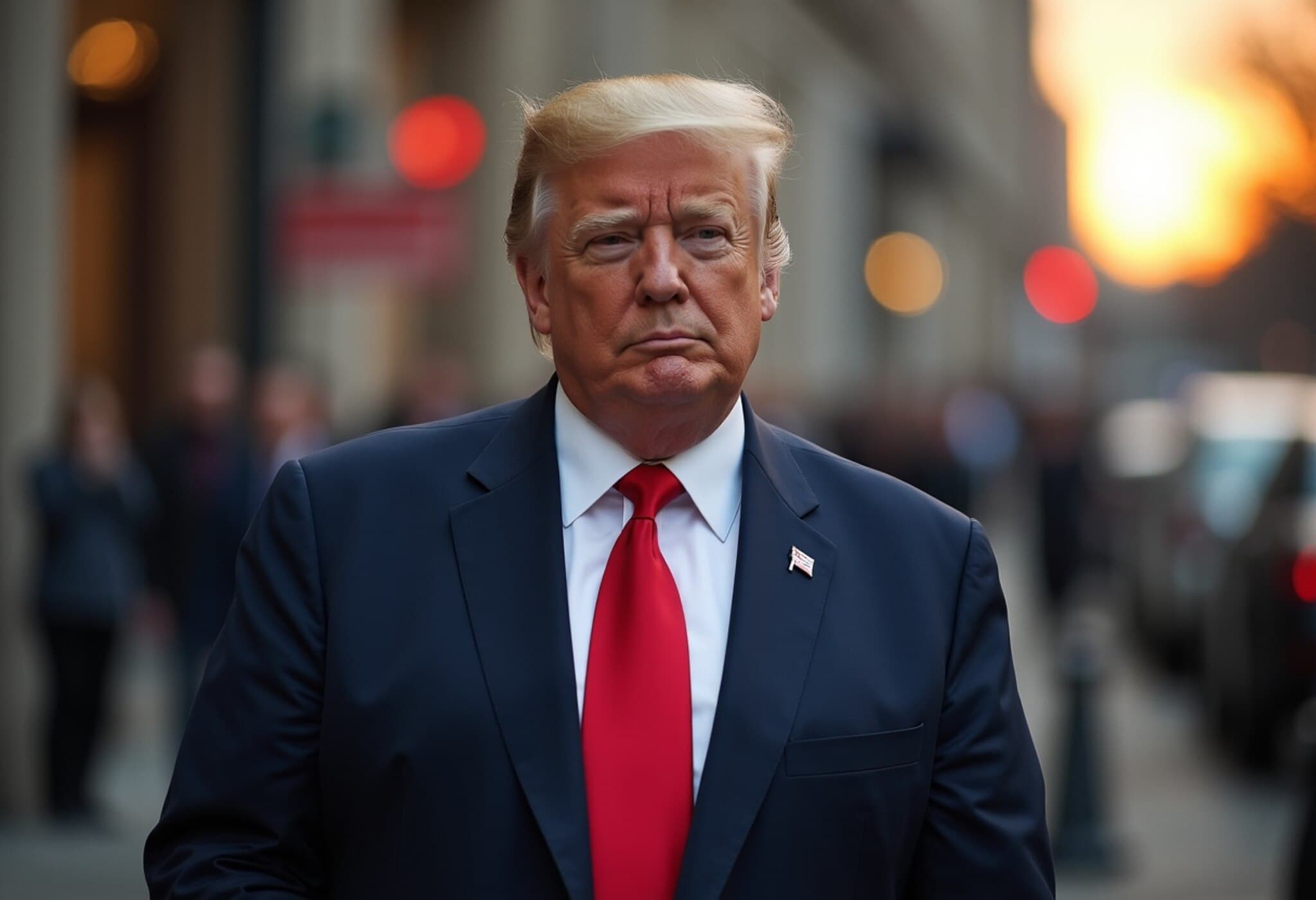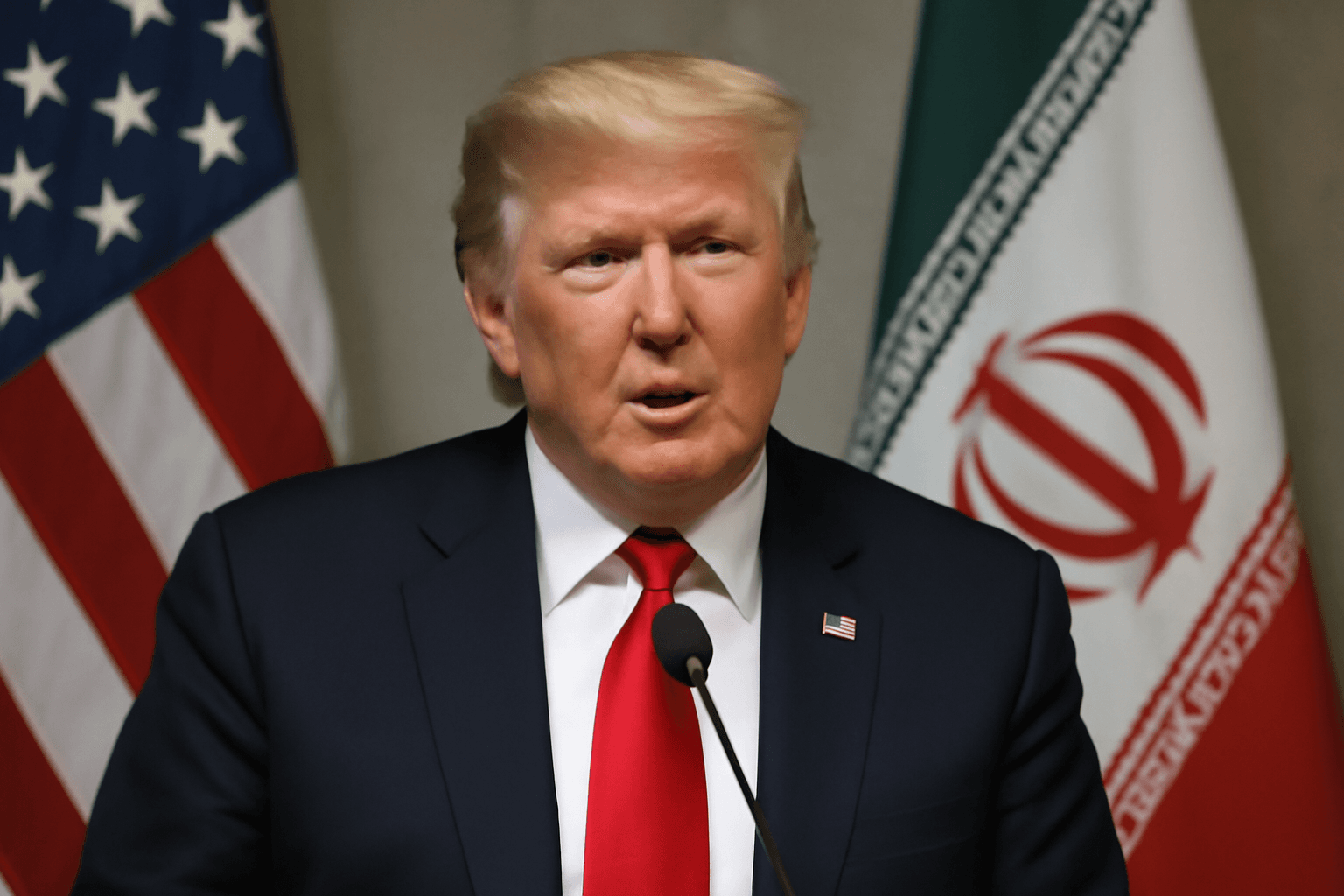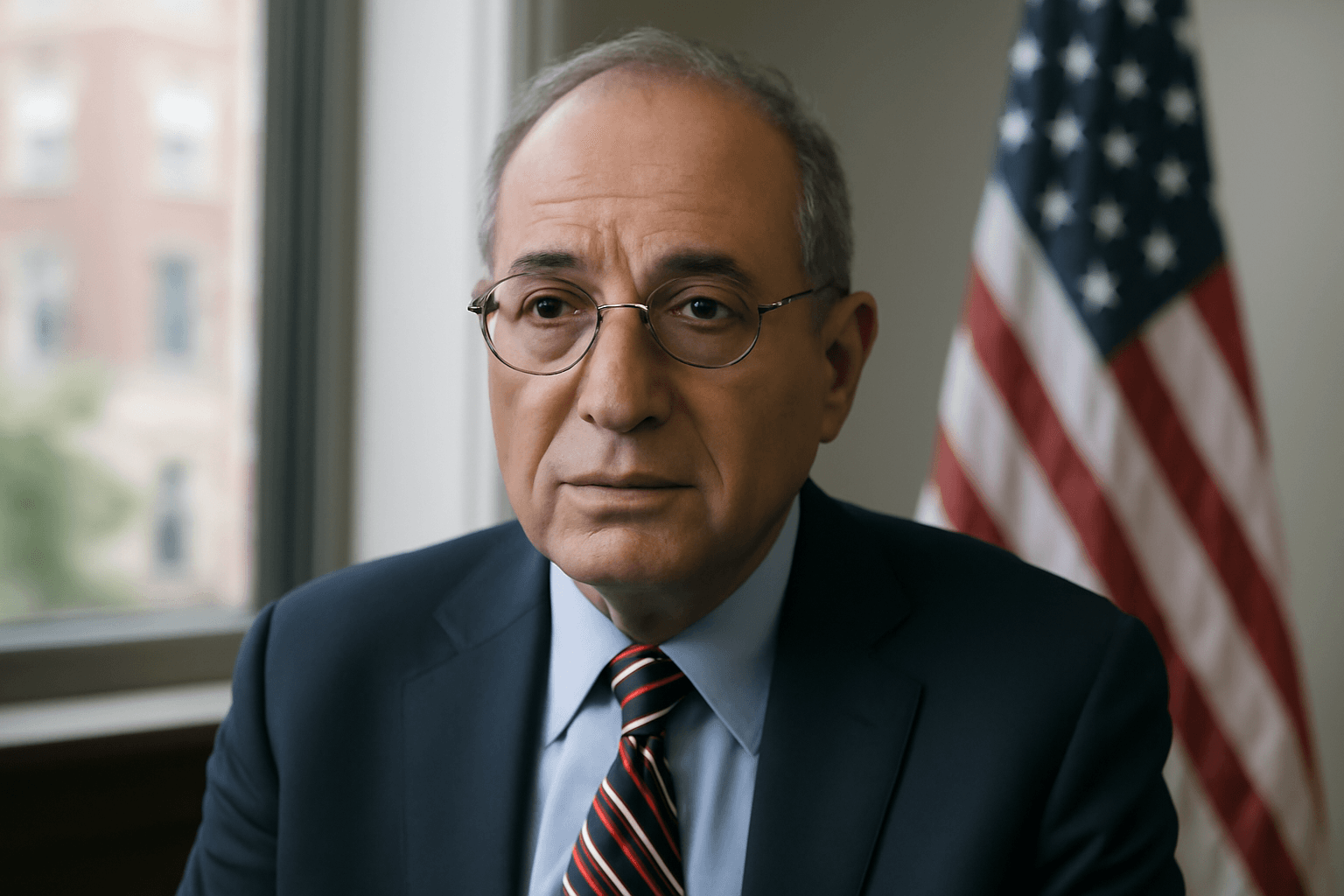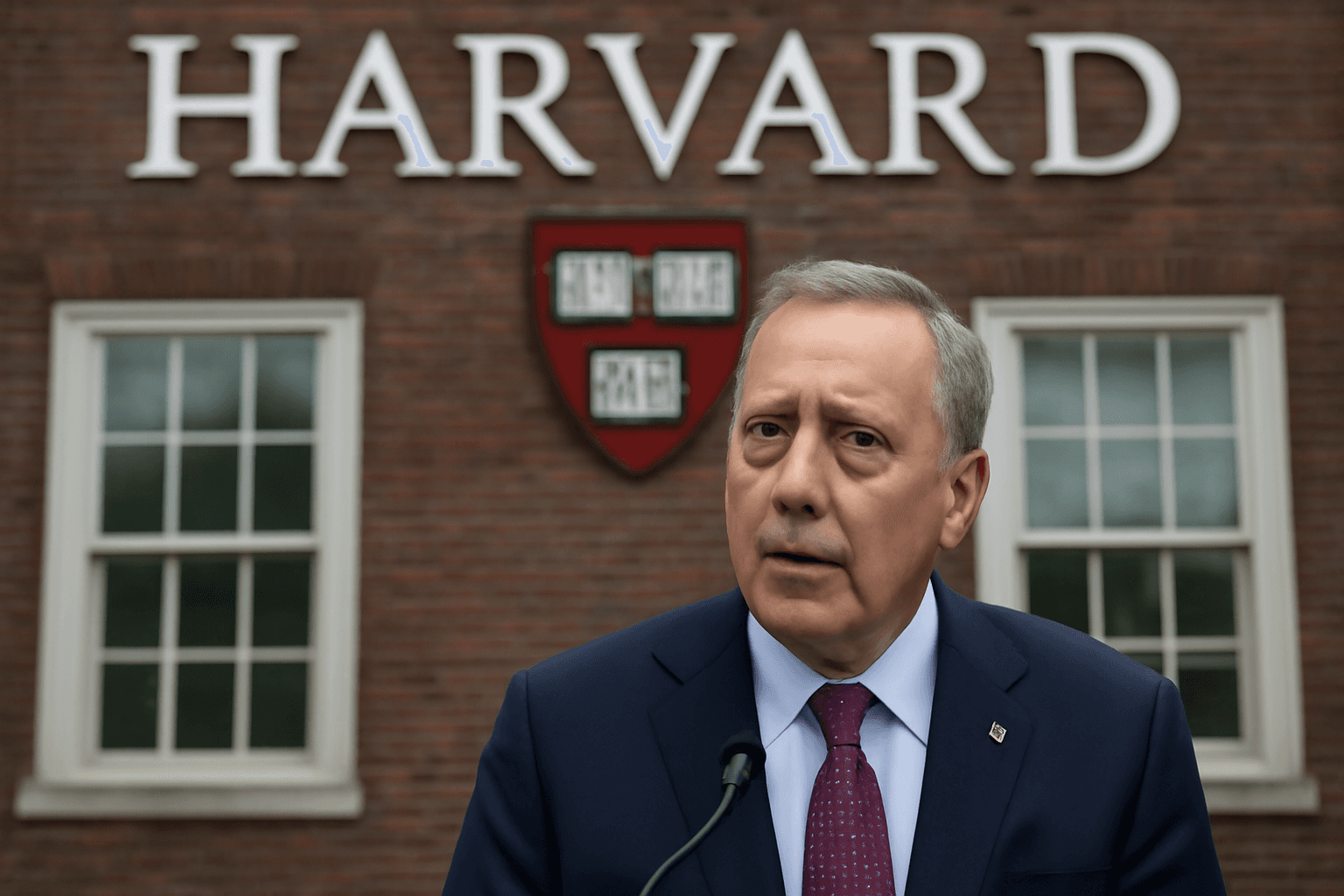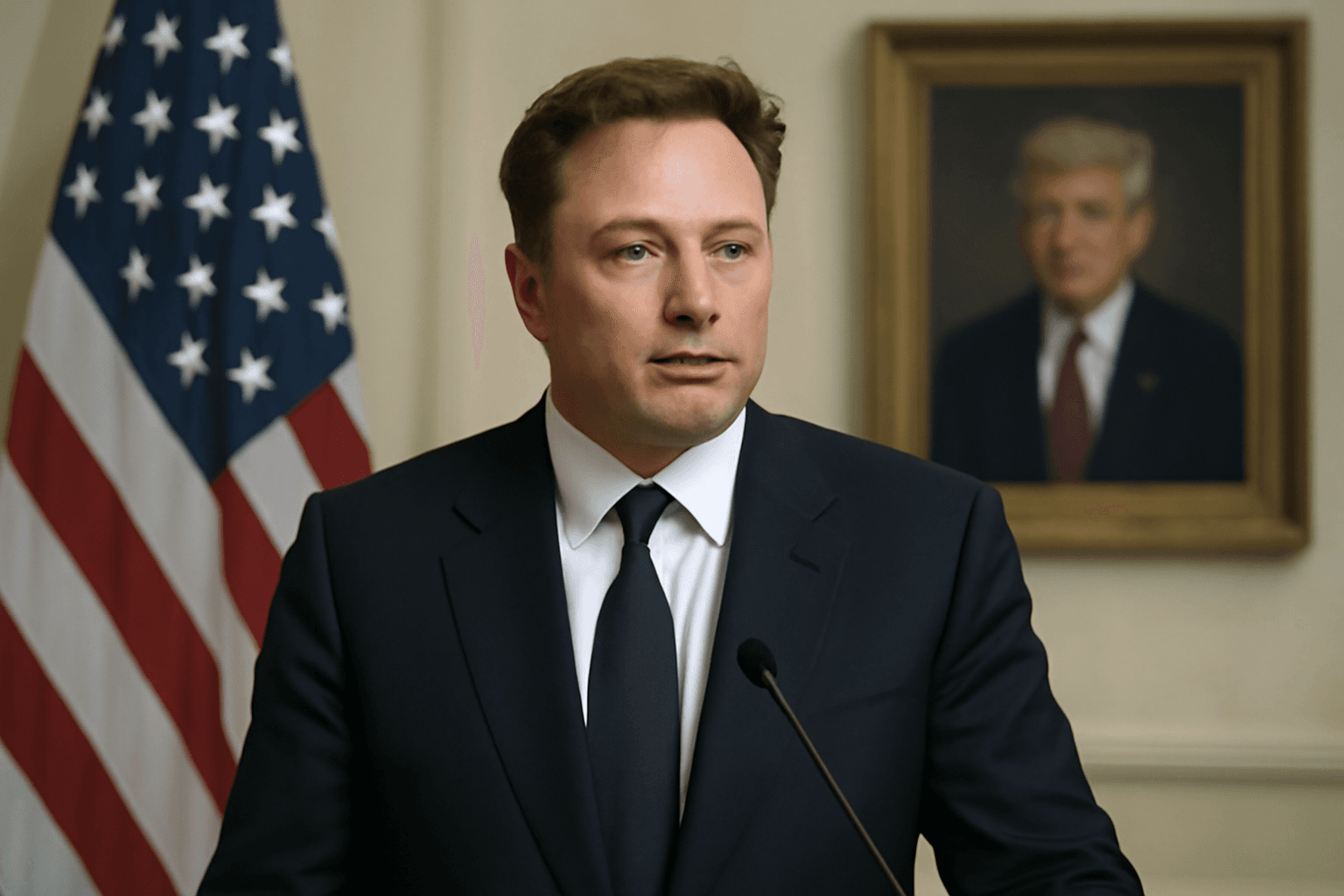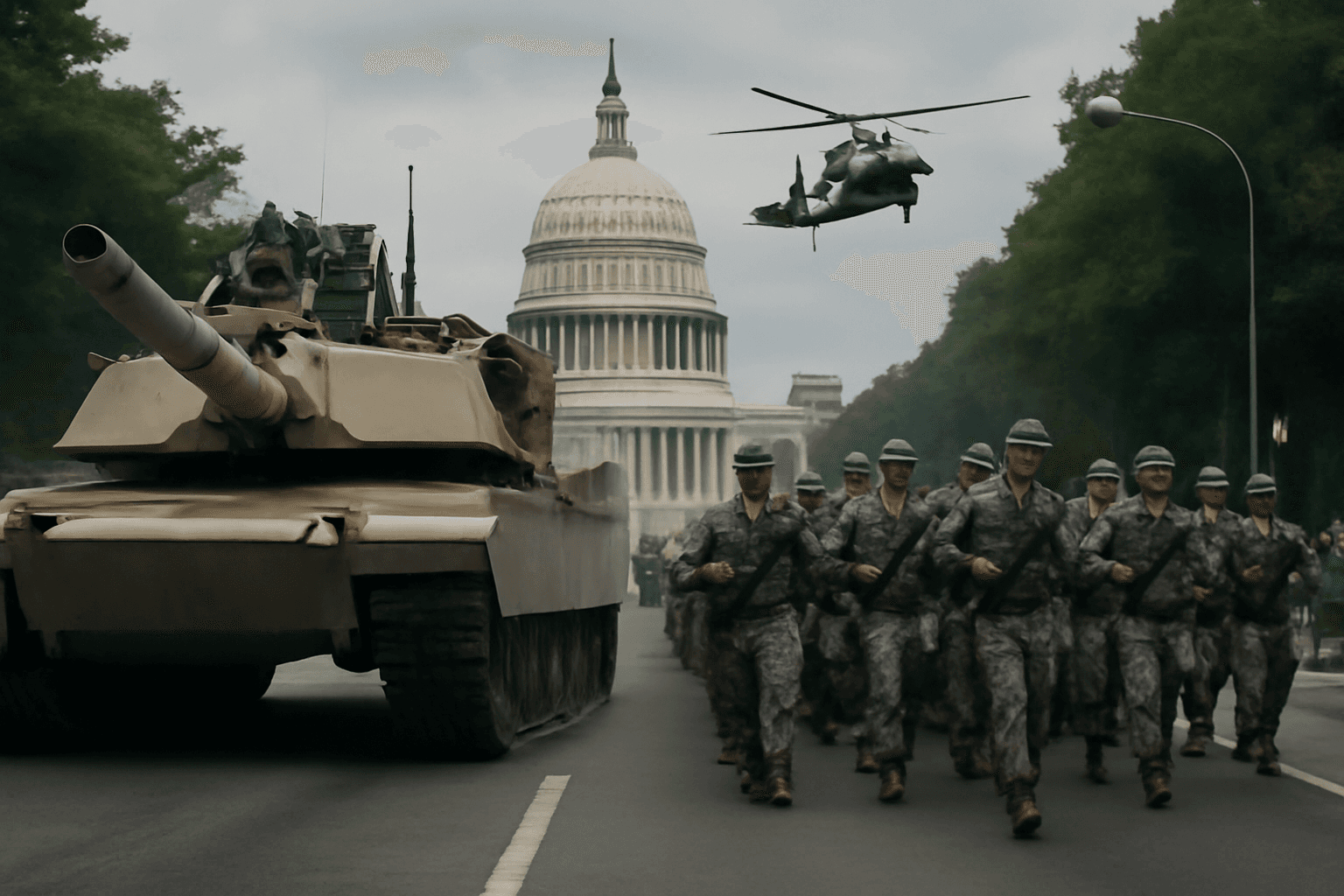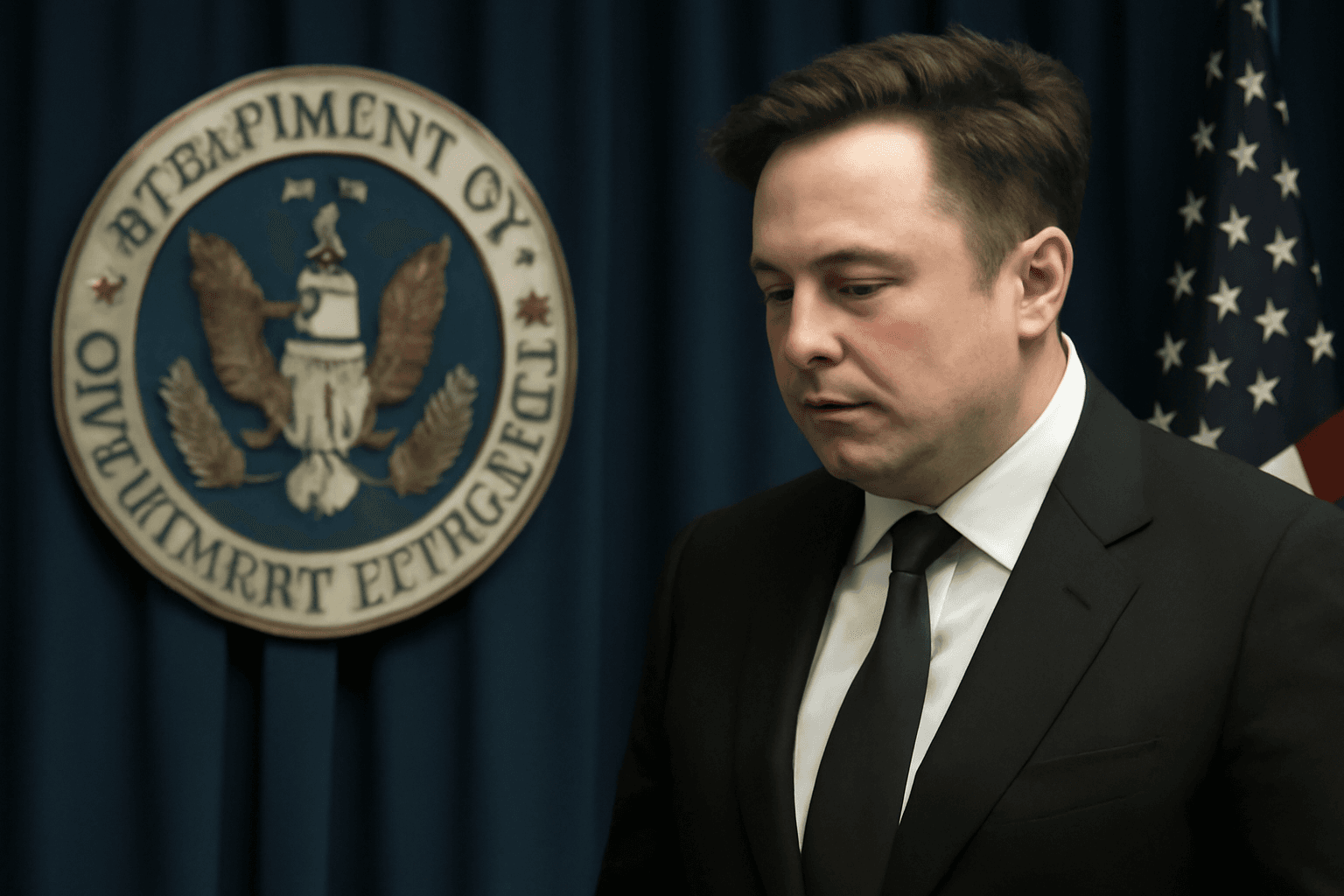Detailed Pentagon Briefing Sheds Light on U.S. Airstrikes in Iran
Defense Secretary Pete Hegseth and General Dan Caine, Chairman of the Joint Chiefs of Staff, delivered the Trump administration’s most comprehensive explanation to date regarding the planning and execution of recent U.S. airstrikes targeting Iranian nuclear facilities. They reaffirmed President Trump's claims that these attacks had significantly damaged Iranian nuclear capabilities, notwithstanding conflicting early intelligence assessments.
The Fallout of Intelligence Assessments
Initial Defense Intelligence Agency (DIA) reports suggested the strikes inflicted only a limited setback, delaying Iran's nuclear program by a few months. This assessment was contested by the administration, citing newer intelligence from the CIA and other agencies, which indicate more substantial damage requiring years to rebuild.
General Caine emphasized that the military’s role was to conduct the strikes, while evaluations of damage and impact on Iran’s overall nuclear capabilities fall within the intelligence community's purview.
Highlights from the Pentagon News Conference
During the briefing, General Caine detailed the involvement of seven B-2 bombers, with mixed male and female crews, utilizing the massive 30,000-pound GBU-57 Massive Ordnance Penetrator, a weapon developed explicitly over 15 years to counter hardened underground targets like Iran's Fordo nuclear site.
Videos shared showed tunnels and entrances at Fordo collapsing under the devastating force of the bombs. However, both officials refrained from fully endorsing President Trump's term "obliterated," deferring precise damage assessment to intelligence experts.
Defense Secretary Hegseth bristled at media reports based on preliminary and "low confidence" intelligence, accusing outlets of leaking biased and premature information that undermined the narrative of military success and upset pilots involved in the mission.
Military Response to Iranian Retaliation
General Caine described the Iranian missile attack on the U.S. base in Qatar, where only 44 American personnel remained to operate Patriot anti-missile batteries during the strike. The defense was successful, marking the largest single engagement of Patriot missiles in U.S. history.
Political and Congressional Responses
The strikes and their aftermath have sparked political tensions in Washington. Senate Republicans and Democrats alike expressed concerns about President Trump’s refusal to seek congressional input before the strikes and the administration’s budget cuts related to foreign aid and public broadcasting.
In a separate congressional hearing, White House budget director Russell T. Vought faced sharp bipartisan questioning over the administration's plan to rescind billions in federal spending, which critics argue could undermine vital global health programs and local media outlets.
Controversy Surrounding Federal Media Agencies
Kari Lake, a close Trump ally overseeing the U.S. Agency for Global Media, called for drastic cuts and reorganization of government-funded international broadcasters, including the Voice of America (VOA). She claimed these outlets had become biased and ineffective, pushing President Trump to publicly call for the VOA’s elimination.
This position drew concern from lawmakers on both sides of the aisle, who underscored the importance of maintaining a credible American presence in media broadcasting, especially to countries with restricted press freedoms like Iran, China, and Russia.
Looking Ahead
The U.S. administration continues to defend its position amid ongoing debates over the efficacy of the strikes and the subsequent intelligence evaluations. Meanwhile, agencies across the U.S. and allied nations are intensifying efforts to assess the long-term impact on Iran's nuclear ambitions and the geopolitical repercussions.

